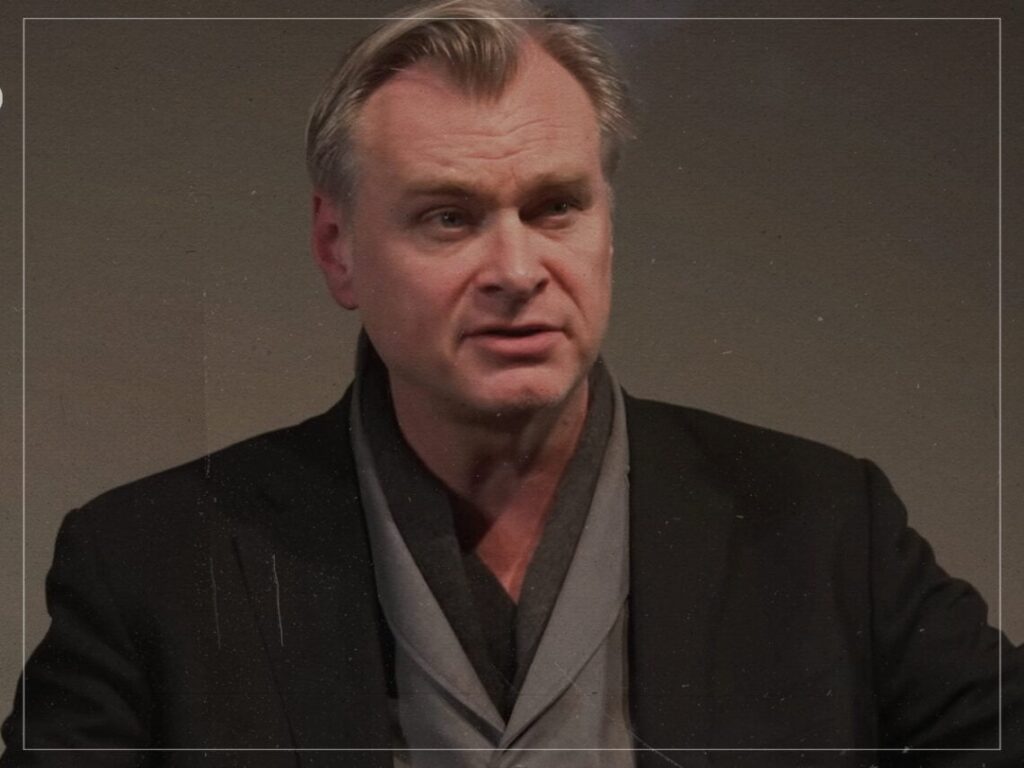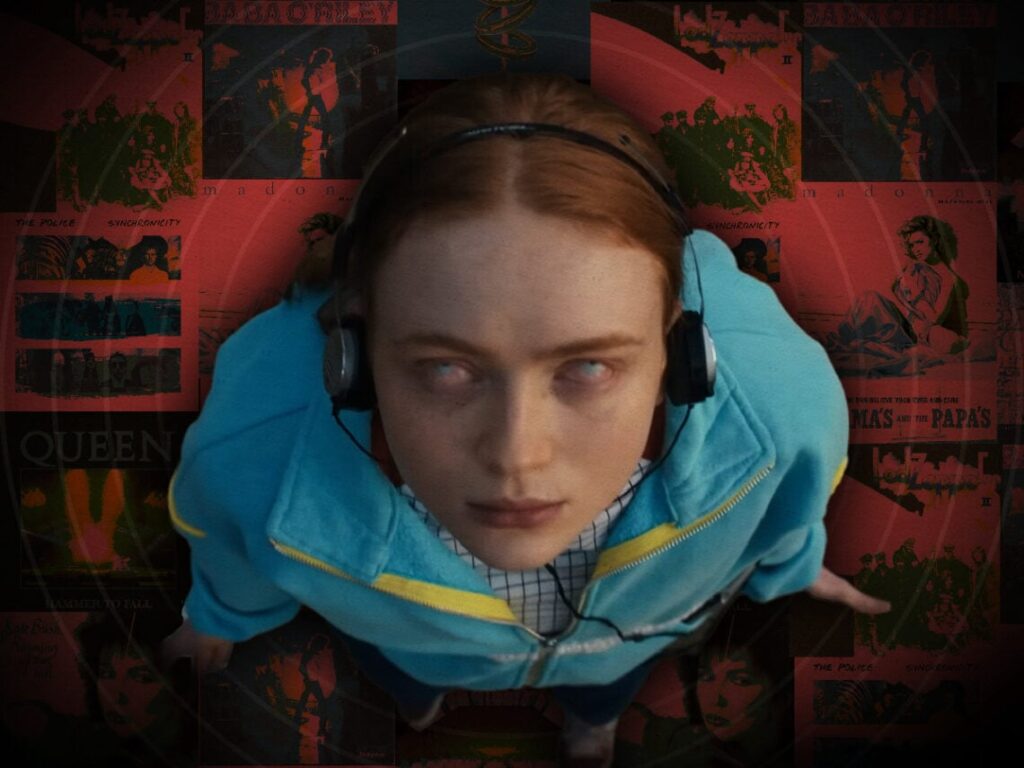Bucking the trend: 10 movies saved by studio interference
 Posted On
Posted On
(Credits: Far Out / Buena Vista Pictures Distribution)
Whenever the words ‘studio interference’ emerge in conjunction with a movie, it’s instantly viewed as a sign that disaster is lurking right around the corner for the finished product. The thought of high-powered executives, seemingly only interested in making money at the box office, putting their dirty mitts on the art of a true creator feels naturally unwelcome.
In many cases, that assessment has turned out to be right on the money, with countless productions beset by tales of behind-the-scenes woe limping into cinemas as bastardised, half-realised, and incomplete creations that display a clear battle between the filmmakers and the people above their paygrade.
It isn’t a guarantee that any film forced to contend with the grubby fingerprints of the suits upstairs will inevitably turn out to be a dumpster fire, though, and sometimes the notes handed down from above can be a lot more helpful than hurtful.
The following ten titles are indicative of that, and in certain cases the course of cinema history may have turned out entirely differently were it not for the orders being issued by the boardroom.
10 movies saved by studio interference:
10. Predator (John McTiernan, 1987)
It sounds ridiculous, considering it’s a movie with Arnold Schwarzenegger in the lead role, but after watching the dailies of Predator, 20th Century Fox decreed that there wasn’t enough gunplay in the movie. After being given that nudge, director John McTiernan incorporated even more bullet-spraying chaos into the proceedings, with the iconic scene of Predator‘s manly men unloading their weapons in the direction of absolutely nothing coming directly from the studio’s suggestion.
That wasn’t even the most memorable change, either, with Jean-Claude Van Damme being replaced as the titular alien when both the filmmakers and the folks footing the bill realised that both the actor and the design simply weren’t working.
[embedded content]
9. Alien (Ridley Scott, 1979)
When Dan O’Bannon and Ronald Shusett sold their sci-fi screenplay Star Beast, they were horrified to discover producers Walter Hill and David Giler wanted them to add a brand new character into the story. O’Bannon thought that shoehorning an android named Ash into the narrative was a terrible call, only to bee proven wrong when Ian Holm’s synthetic with ulterior motives became integral to the overarching mystery Ridley Scott’s Alien ended up hanging its hat on.
Ash is the instigator behind the conspiracy tying the Xenomorphs to the mysterious Weyland-Yutani corporation, injecting Alien with an air of intrigue to complement its breathless sci-fi terrors that makes it hard to image a version where he isn’t part of it.
[embedded content]
8. Tombstone (George P Cosmatos, 1993)
One of the most purely entertaining westerns of the 1990s, there’s a distinct chance Tombstone would have been an unmitigated disaster had the studio not resorted to some drastic measures to save the production.
Kevin Jarre was at the helm for the first month of shooting, but when he quickly fell behind schedule and found himself drowning behind the camera, producer Andrew Vajna gave him the boot and replaced the filmmaker with George P Cosmatos. Kurt Russell effectively ended up taking over, though, heavily rewriting the script and serving as the erstwhile ‘ghost director’. Tombstone emerged on the other side as a firm cult classic.
[embedded content]
7. American History X (Tony Kaye, 1998)
It would be selling Tony Kaye very short to say he was furious at what happened to American History X, but the evidence is right there that Edward Norton did a much better job bringing it over the finish line than the director ever would.
Kaye’s first cut ran for a brief 95 minutes, and while it got a decent reaction from test audiences, New Line Cinema approved Norton putting together his own version of the film. Kaye disowned the film, took legal action, and even tried to go credited as Humpty Dumpty, but the studio won out on every count.
In the end, Norton landed an Oscar nomination for ‘Best Actor’ and American History X received widespread acclaim, with the call to switch things up in post-production proving to be a very shrewd decision.
[embedded content]
6. Donnie Darko (Richard Kelly, 2001)
The way the career of Richard Kelly fell off in the aftermath of Donnie Darko needs to be studied, but the director’s cut of the enigmatic film indicated that he worked much better under studio-imposed restrictions.
The theatrical edition of Donnie Darko is the superior edit by far, keeping its cards close to the chest and refusing to spell things out, spoon-feed the audience, or play its narrative hand before it needs to. Kelly’s cut, however, was significantly more self-indulgent.
It takes far too much away from the very beginning, robbing the movie of much dramatic tension, ambiguity, and existentialism in the bargain. It’s a great movie in its initial form, underlining how the studio made the right call in refusing to let Kelly tinker with his breakthrough feature to his heart’s content.
[embedded content]
5. Good Will Hunting (Gus Van Sant, 1997)
It’s become part of Good Will Hunting‘s folklore that Matt Damon and Ben Affleck wrote random sex scenes into the script to see who was actually reading it right the way through, but some handy notes completely altered the course of their entire careers.
Earlier drafts of the story leaned heavily into elements of the thriller, with Damon’s title character being pursued by a government desperate to recruit him for his high intellect. Not only that, but the therapist, ultimately played by Robin Williams, was only a minor concern.
It was Castle Rock Entertainment’s Rob Reiner who suggested the duo remove the thriller aspects and focus on the patient/therapist relationship, which ended up coming back to haunt him when the studio didn’t make the movie, Miramax stepped in, and Good Will Hunting became a smash hit.
[embedded content]
4. Toy Story (John Lasseter, 1995)
Pixar completely changed the game when Toy Story became the first feature-length computer-animated movie, but the studio’s legacy and the medium itself could have turned out very differently if the film itself hadn’t been an instant classic.
Disney chairman Jeffery Katzenberg decried the initial concept as too childish, so director John Lasseter and his team went back to the drawing board and created a script that was darker, edgier, and more mean-spirited in tone.
Doubling down on the studio interference, the Pixar brain trust and other high-ranking Disney executives then overruled the mandate Katzenberg had issued, allowing the team to return to their original storytelling plans for Toy Story and make history in the process.
[embedded content]
3. The Cabinet of Dr Cagliari (Robert Wiene, 1920)
One of the most influential horror movies ever made, Robert Wiene’s The Cabinet of Dr Cagliari is famed for many things, but its twist ending might just be the most influential. It’s one of the oldest and most influential changes of heart.
It only happened thanks to some interference, however, with the producers questioning the filmmaker’s downbeat original ending, suggesting instead that Friedrich Feher’s Francis wakes up and realises the majority of preceding events were all a dream.
The twist ending has been a staple of cinema for over a century, but The Cabinet of Dr Cagliari helped blaze that trail, which ended up becoming an integral part of the film’s legacy.
[embedded content]
2. The Wizard of Oz (Victor Fleming, 1939)
Another groundbreaking movie that dodged a bullet thanks to some studio-mandated changes, the lack of success experienced by fantasy films in recent years almost had The Wizard of Oz unfolding in a real location.
Instead of the fantastical land depicted in such vibrant and vivid fashion on-screen, early drafts of the screenplay positioned Oz as a place Dorothy visited, not a faraway magical dreamscape where imagination was free to run wild.
Fortunately, nobody has mounted a dark, gritty, and realistic Wizard of Oz movie – not yet, anyway – but the story would have unfolded much closer to home if the fantasy angle had been altered so drastically from what ended up reaching the screen.
[embedded content]
1. Back to the Future (Robert Zemeckis, 1985)
Befitting its status as one of the greatest blockbusters ever made, Robert Zemeckis’ Back to the Future closes out on a rousing set piece set in, on, and around a clock tower, which wasn’t supposed to be the plan.
Instead, Marty McFly would have driven the iconic DeLorean into a nuclear test field, which would have detonated when he hit 88 miles per hour, turning the area into a mushroom cloud-covered stretch of nothingness. In the present day, a tour group would have been seen visiting the site, where the car would reappear with its driver intact.
The reason it was changed was a simple one; money. The studio wanted to shave a million dollars from the production budget, and because the set piece would have been an expensive one, it was scrapped in favour of the finale everyone knows and loves.
[embedded content]
Related Topics


